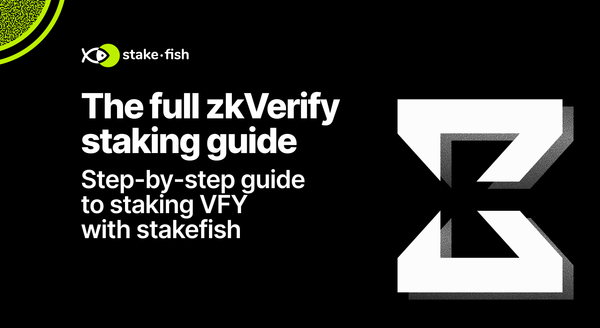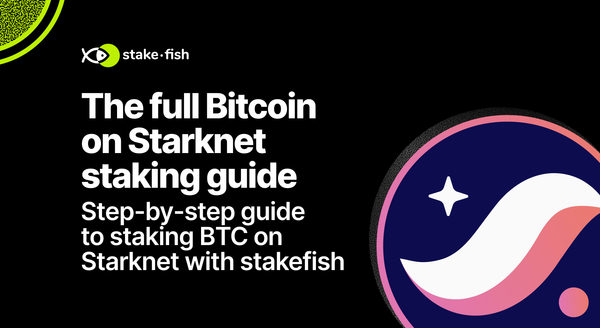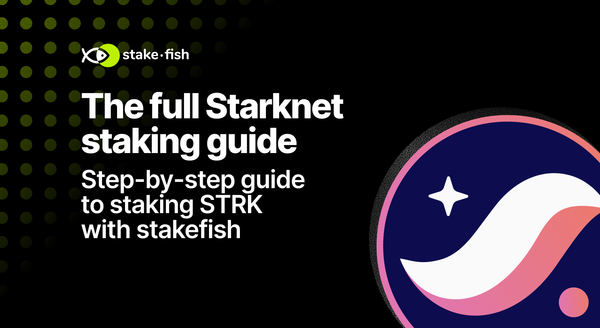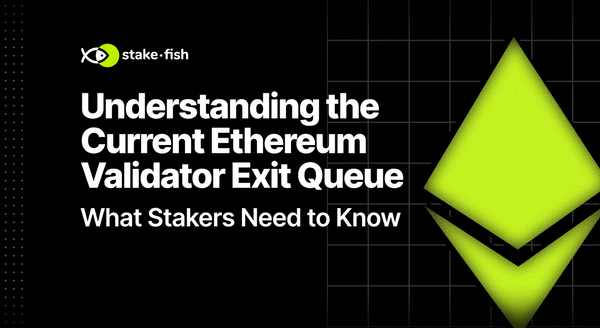Everything you need to know about the Ethereum Fusaka upgrade
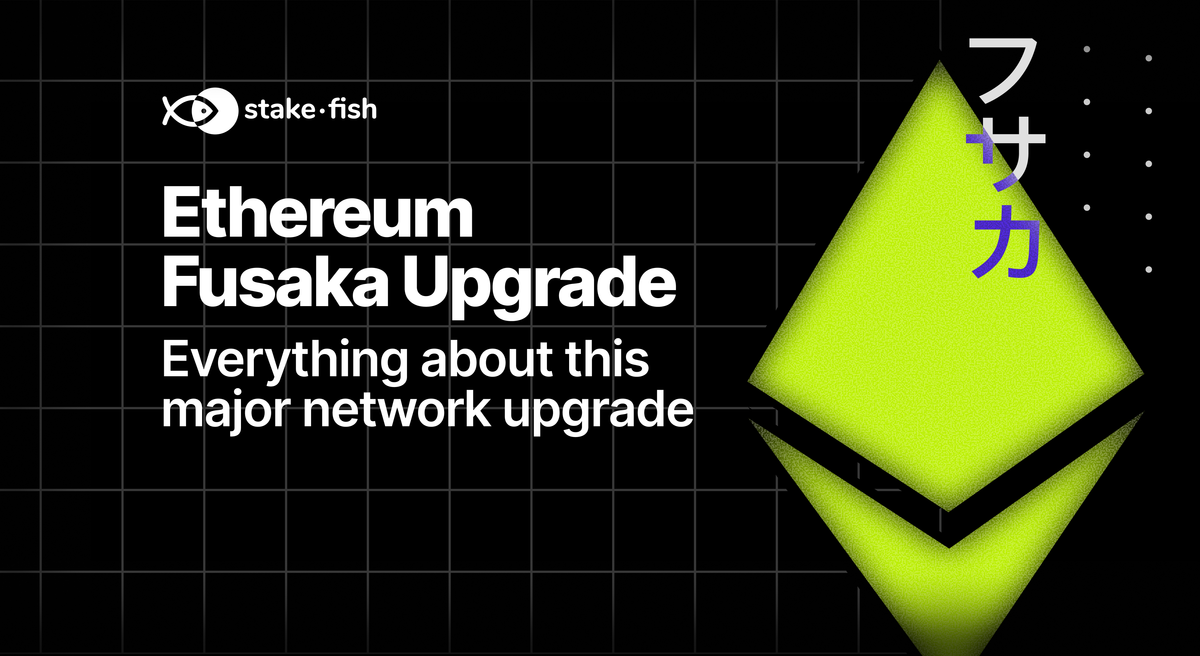
Ethereum’s network is preparing for its next major upgrade called Fusaka, targeting Q4 2025. As one of the most ambitious scaling and infrastructure improvements since The Merge, Fusaka is set to enhance Ethereum’s performance while laying the foundation for broader Layer-2 adoption and decentralized applications (dapps).
This article explains Fusaka’s core features, why it matters for the network and its stakers, and what actions are required to prepare.
What Is the Fusaka Upgrade?
Fusaka is designed to significantly increase Ethereum’s transaction capacity and improve how blockchain data is processed.
Key components include:
- Block Gas Limit Increase: EIP-7935 raises the default block gas limit from 45 million to 60 million. This parameter change allows more transactions and smart-contract executions per block when validators adopt the new client defaults, increasing throughput and reducing congestion. However, the gas-limit change is a client default, not an automatic network-wide increase on day one. Further resources: gaslimits.pics, pump the gas
- Peer Data Availability Sampling (PeerDAS): EIP-7594 introduces a new method for validators to verify blob data availability. Instead of downloading full blobs, validators sample small data chunks from peers, dramatically reducing hardware and bandwidth demands. With DAS, each full node stores roughly one-eighth of the total blob data. Data remain reconstructable from any ~50% of nodes.
This enables Ethereum to scale blob space for Layer-2 rollups without compromising decentralization. PeerDAS is the headliner of Fusaka and the foundation for full Danksharding.
Why Fusaka Matters
Here are key reasons on how the Fusaka upgrade is improving Ethereum.
- Strengthening Network Efficiency: : By expanding block capacity and improving data availability, Fusaka boosts Layer-2 scaling and creates faster, cheaper user experiences. This upgrade does not lower Layer-1 gas fees directly. The primary effect is cheaper data for rollups.
- Support for Decentralization: While Fusaka introduces features that increase network capacity, such as higher default gas limits (EIP-7935) and future blob-count expansions via BPO forks (EIP-7892), these upgrades also raise performance demands on the network. PeerDAS (EIP-7594) helps balance those trade-offs by making data distribution and verification more efficient, preventing node and validator requirements from growing unsustainably as throughput scales. The goal isn’t to lower current requirements but to maintain accessibility and decentralization as Ethereum scales, ensuring that existing validators can continue participating under reasonable hardware and bandwidth conditions.
- Enhanced Security and Performance: Through EIP-7825, EIP-7823, and EIP-7939, Fusaka introduces Ethereum Improvement Proposals that balance larger block sizes with protections against DoS (denial-of-service) attacks. Gas recalibrations and block-propagation improvements keep the network stable as throughput grows.
- Economic Implications for Validators: More transactions and rollup activity mean greater execution volume and potentially more MEV opportunities, contributing to long-term staking rewards (potential, not guaranteed).
- Developer Experience: Through EIP-7951, smart-contract execution and verification are becoming more efficient with new EVM opcodes and precompiles, accelerating innovation across the ecosystem. EIP-7918 ties blob reserve prices to execution costs, preventing the blob fee market from collapsing to 1 wei and ensuring healthy fee signals for L2s.
- Roadmap Continuity: Fusaka builds on previous upgrades like Pectra and Dencun, pushing Ethereum closer to full Danksharding and massive throughput goals.
For Validators and Node Operators
- Lower Bandwidth Load: PeerDAS (EIP-7594) improves data distribution efficiency, helping offset the higher bandwidth demands introduced by the increased gas limit (EIP-7935) and upcoming BPO forks (EIP-7892). Rather than reducing total bandwidth, Fusaka is designed to keep validator and node network load roughly stable overall as Ethereum scales. For detailed estimates, see Fusaka Bandwidth Estimation by ethpandaops
- Hardware Requirements: Expect reduced storage overhead thanks to blob pruning and sampling.
- Client Diversity: Monitor execution and consensus client releases: Lighthouse, Teku, Prysm, Nimbus, and Geth each have independent rollout schedules.
- Block Proposer Lookahead (EIP-7917): Gives proposers earlier visibility into upcoming slots, improving predictability and reducing MEV variance.
- Expected Load Differences: According to ethereum.org’s Fusaka Upgrade, “How does Fusaka affect bandwidth requirements for nodes and validators?”
- Full nodes: Regular nodes will subscribe to four data-availability subnets and custody one-eighth of total blob data. This design reduces blob-related disk and download needs by roughly 80% compared to today’s requirements.
- Solo stakers: For individual validators, disk usage and download bandwidth decrease by around 50%, but upload bandwidth increases two to three-fold during activation as builders exchange sampling proofs. ethereum.org estimates that local builders should provision up to ≈ 100 Mbps upload capacity to stay in sync.
- Large operators (~800 ETH): Validators at this scale are responsible for about 25 custody columns and will experience ~30 % higher download bandwidth than pre-Fusaka levels. They should maintain at least 100 Mbps upload bandwidth to handle blob propagation efficiently.
- “Supernodes” (~4096 ETH): Very large validators become supernodes, custodying all blob columns. They are expected to store roughly 600 GB of additional blob data and maintain a sustained download rate near 20 Mbps.
Blob Parameter-Only Forks (BPO)
Fusaka also introduces the first Blob Parameter-Only (BPO) hardforks through EIP-7892, allowing Ethereum to adjust blob target and maximum counts without a full coordinated hardfork. For example, BPOs could raise blob targets from 6 → 10 → 14 (target) and 9 → 15 → 21 (max) This modular design enables faster blob scaling between major releases. Together, PeerDAS and BPO create a flexible path toward full Danksharding.
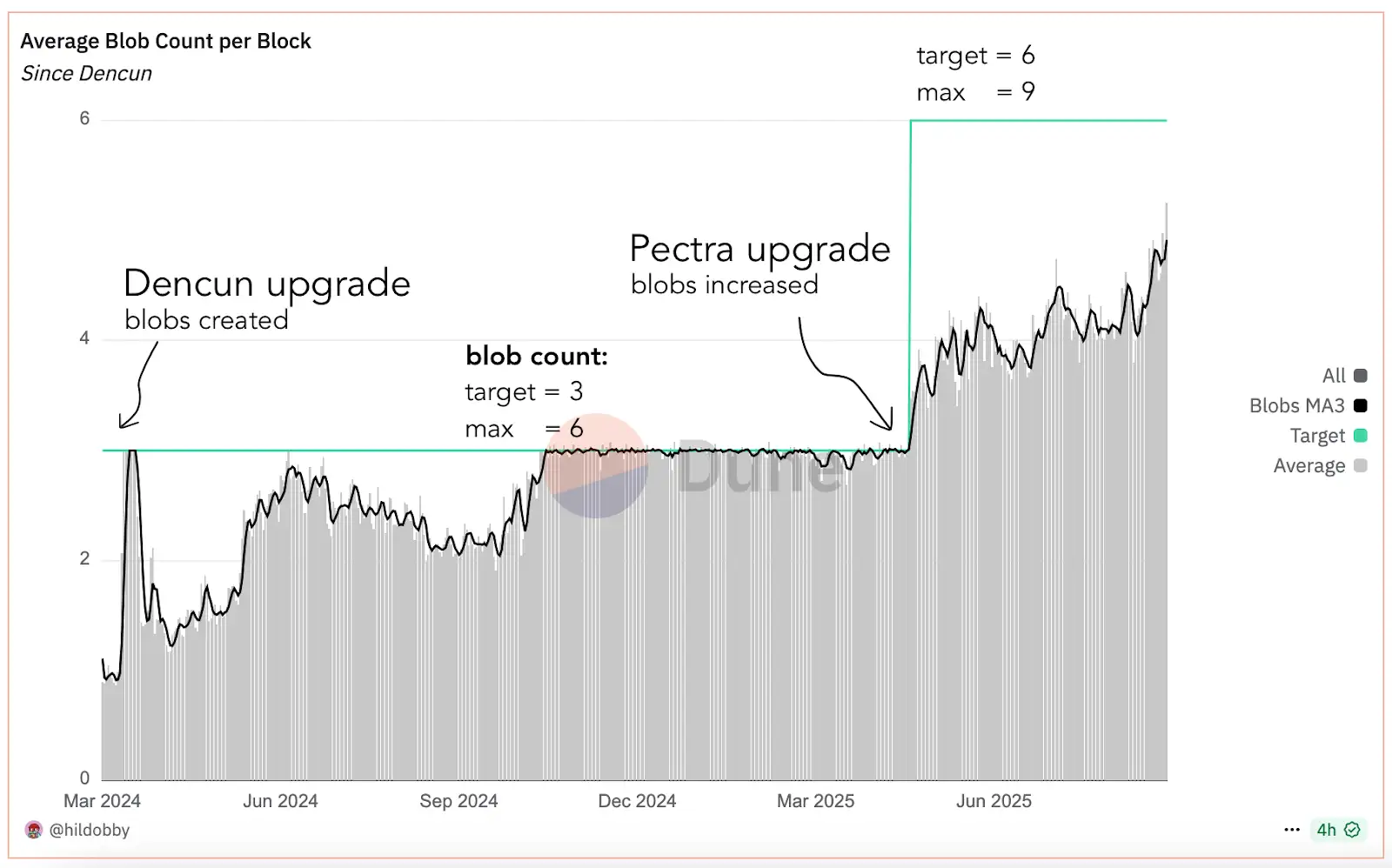
For Layer-2s and Developers
- Rollups can publish larger batches at lower costs, leading to cheaper transactions for users.
- Faster confirmation times and predictable blob pricing improve UX across L2s.
- Developers gain new flexibility to build data-intensive dapps that rely on on-chain availability guarantees.
- PeerDAS switches proofs from blob proofs to cell proofs. L2 software must update or blob transactions may fail after activation.
- EIP-7918 maintains stable blob pricing aligned with execution fees.
Core EIPs in the Fusaka Upgrade
Client teams agreed to implement these EIPs in the next upgrade devnet. These 12 EIPS are likely to be included in the final upgrade.
- EIP-7594: PeerDAS – Peer Data Availability Sampling
- EIP-7642: eth/69 – Drop pre-merge fields and enable history expiry simplifications
- Client teams MUST support this EIP by the activation of the Fusaka network upgrade.
- EIP-7823: Set upper bounds for MODEXP precompile
- EIP-7825: Transaction Gas Limit Cap ( 2²⁴ ≈ 16.7 M gas per tx )
- EIP-7883: ModExp Gas Cost Increase
- EIP-7892: Blob Parameter-Only (BPO) Hardforks for dynamic blob scaling
- EIP-7917: Deterministic Proposer Lookahead for predictable proposer schedules
- EIP-7918: Blob base fee bounded by execution cost
- EIP-7934: RLP Execution Block Size Limit
- EIP-7935: Set default gas limit to 60 million
- EIP-7939: Count Leading Zeros (CLZ) opcode
- EIP-7951: Precompile for secp256r1 curve support (passkey-style signing)
For further reading on Ethereum EIPs see more at: https://forkcast.org/upgrade/fusaka/
Current Status and Testing
Fusaka testnet deployments are scheduled for Holešky (October, 1 2025), Sepolia (October, 14 2025), and Hoodi (October, 28 2025). Hoodi serves as the permissionless validator testnet for final testing.
Mainnet activation is targeted for Q4 2025, subject to testing and client readiness.
What Should Stakers Do?
- No Action Needed for Delegated Stakers: stakefish handles client upgrades and infrastructure maintenance. Your staked ETH continues earning as usual.
- Validators Should Upgrade Promptly: Run the latest client versions supporting Fusaka to avoid penalties or missed rewards. Validate setups on Holešky, Sepolia, or Hoodi testnets.
- Beware of Scams: No ETH conversion or token upgrade is required. Ignore any messages asking for transfers or private keys
- Stay Informed: Follow official Ethereum Foundation and stakefish channels for client release announcements and final activation dates.
Conclusion
The Fusaka upgrade is a foundational milestone for Ethereum’s scalability and decentralization.
By expanding transaction capacity and introducing PeerDAS and BPO, Fusaka sets the stage for Ethereum’s next era of data availability and Layer-2 growth without sacrificing security or accessibility.
For stakers, this means supporting a stronger, more efficient Ethereum network, and benefiting from its long-term growth.
Ready to stake ETH with a trusted validator?
Stake Ethereum with stakefish and earn rewards while helping secure Ethereum through its next evolution.
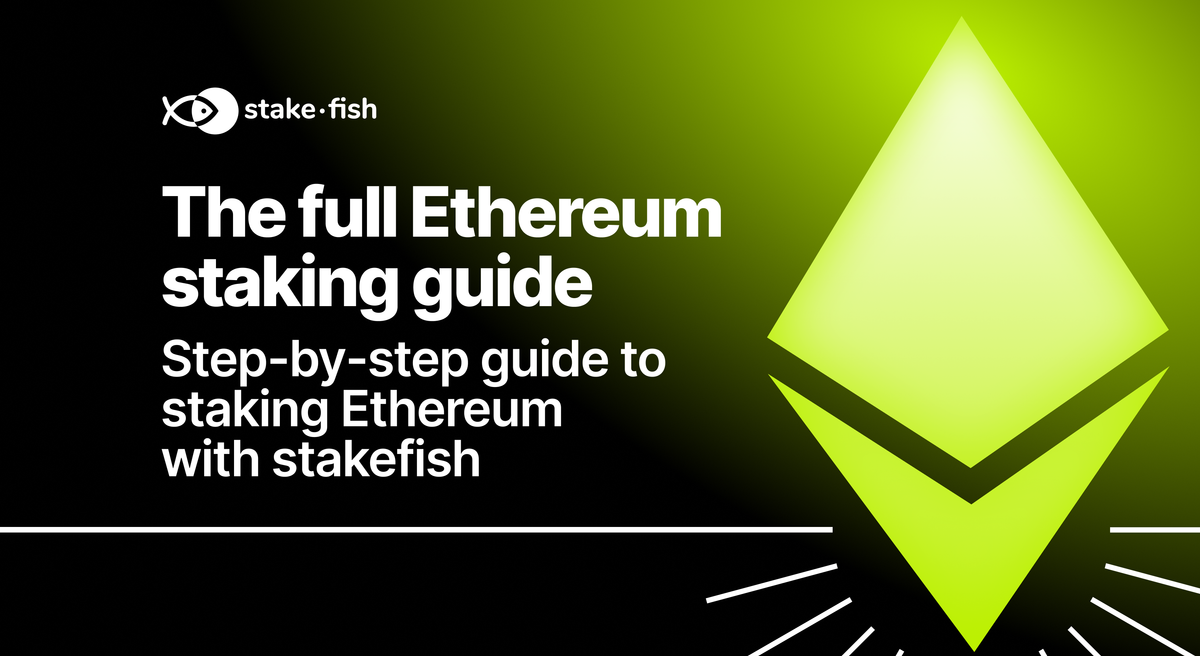
Further Reading
- Fulu-Osaka (Fusaka) / Ethereum Foundation
- Fusaka Upgrade - Forkcast / Ethereum Foundation
- Fusaka Testnet Announcement / Ethereum Foundation
About stakefish
Founded in 2018 by Ethereum and Bitcoin veterans, stakefish is the leading validator for Proof of Stake blockchains. With support for 20+ networks, we combine institutional‑grade infrastructure with intuitive dashboards, transparent reporting, and a spotless slashing record so individuals and institutions alike can stake confidently while strengthening decentralized networks.
Visit our website 🐠 | Telegram | X | Instagram | YouTube | LinkedIn | Reddit



